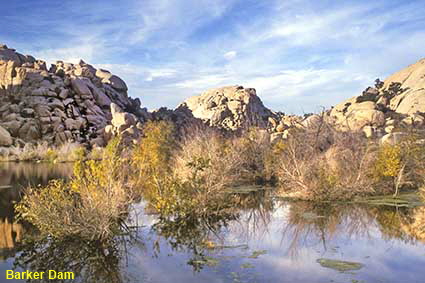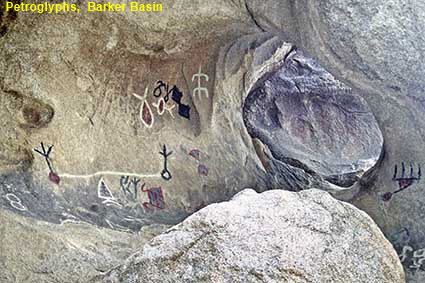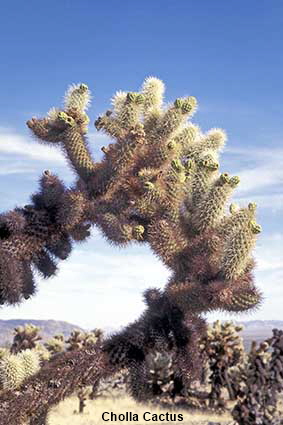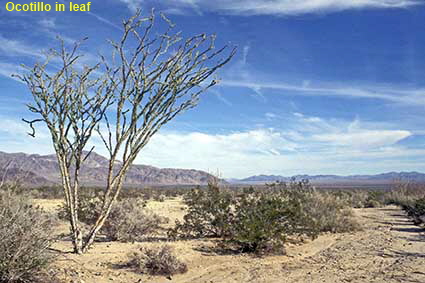While some states don’t have a single National Park to their name, California has eight plus a host of other protected areas such as National Monuments. Not bad for the state with the highest population in the USA, a fact that we found difficult to believe until we saw the traffic jam on Interstate 10 near Palm Springs at the end of Thanksgiving weekend. Joshua Tree National Park is a desert park but is within easy visiting range of a population of over 18 million people. Founded as a National Monument in 1936 it became a National Park in 1994.
Petroglyphs, Barker Basin
People have lived in this area for over 10,000 years and near to Barker Dam is evidence left by some early occupants. Little is known about the early occupants other than that they were Hunter Gatherers (weren’t we all in those days?). Even exact dates are difficult to determine. Still, these ancient petroglyphs do give us Europeans a suitable response to most Americans if they claim that there is no history in the USA - ‘Yes there is, it’s just not your history’.
Joshua Tree National Park
Barker Dam
This may be desert, but in the 19th century cattlemen were here. The climate may have been a little wetter than now as the grass looks rather sparse to support cattle. Water was a problem for the cattlemen which was solved by building a small dam across this natural valley to create a reservoir. The result is a small green oasis in the brown desert.
Cholla Cactus, Cholla Cactus Garden
The lower parts of the National Park have some very different plants. The Cholla Cactus is otherwise known as the Teddy Bear Cholla as it looks quite cute and cuddly. It reality the reverse is true. The Cholla carries very slender barbed spines that easily penetrate the skin and can be very difficult to remove. By all means look at the Cholla and enjoy it, but don’t make contact with it.

Ocotillo in leaf
Another plant from the lower elevations of the Park, the Ocotillo is one of our favourite desert plants. When it is dry (which is much of the year) it looks like a dead bush, but after rain its branches quickly sprout a covering a small leaves which readily wither when the soil dries out again. There had been rain shortly before this November visit so the picture shows the Ocotillo in leaf. If you visit in the spring and there has been rain you may be fortunate enough to see red flowers on the end of the branches.
Click on Minimap to navigate
Home > US States > The West > California >


To move forwards or backwards through the California trail click the arrows above, or select your next destination on the Minimap.
DLU050705
Joshua trees from Quail Springs Road
We thought that deserts were hot and dry until we came to Joshua Tree National Park and found ourselves walking around in a snow storm. The western side of the park is high desert, part of the Mojave, and home to the distinctive Joshua Trees. The Joshua Tree is a type of Yucca and according to legend it was given its name by Mormon migrants who likened the outstretched branches to the Prophet Joshua with his arms outstretched in supplication. Josha Trees live only in the higher parts of the park and can grow to 12 metres (40 feet) high with a life span of over 900 years. The eastern side of the park is lower, part of the Colorado Desert and home to plants like the creosote bush, ocatillo and cholla cactus.


© Mike Elsden 1981 - 2025
The contents of this page may not be reproduced in full or in part without permission



